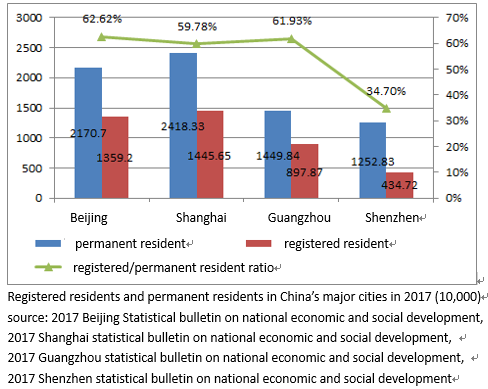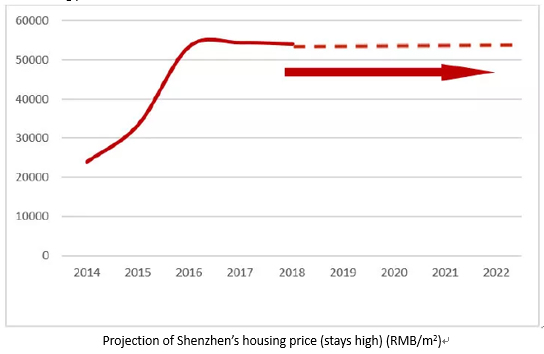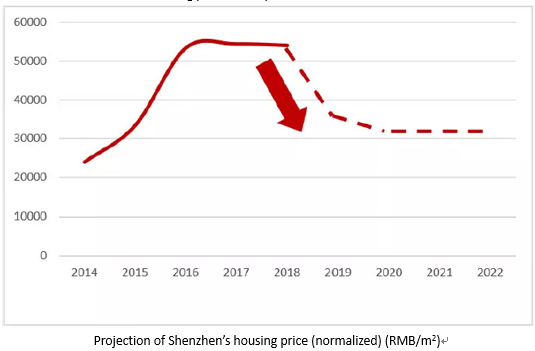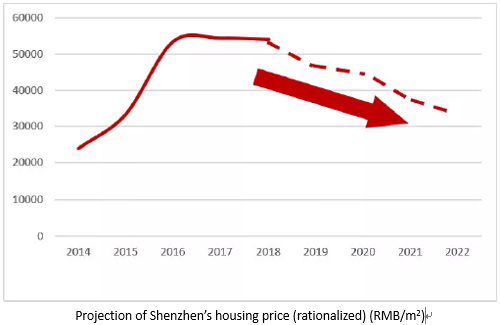Can the Soaring Housing Price be Averted?
1 a shift from a market-led housing system to one featuring indemnificatory housing
2 a turn in marco-regulatory policy to expanding supply
3 the provision of both affordable commercial housing and public rental housing
4 the promise of building 1.7 million units of housing by 2035, among which 1 million units should be left for talents
However, the document fails to capture the reality of Shenzhen’s housing market and has certain important flaws, including
1 failure to include non-registered residents, which accounts for 2/3 of permanent residents in Shenzhen, for consideration of indemnificatory housing

2 the focus on talents instead of low-income groups, running contrary to the aim and basics of indemnificatory housing policy
3 deviation from the aim to provide ‘affordable’ housing, as the document sets the price of indemnificatory housing in reference to commercial housing
4 vague division of labor and responsibility between government, enterprises and the civil society
5 shifting the burden of affordable housing provision to public institutions that are usually financial incompetent
6 messing the indemnificatory housing market with commercial housing market
7 an emphasis on the coherence of existing housing market regulatory policies that are not necessarily effective or sustainable
8 the goal to build 1.7 million units of housing by 2035
Three alternatives of Shenzhen’s housing market ahead, including
1 sustaining high housing price, with strict government regulation to restrict rise or fall of the housing price

2 burst of housing bubble, leading to devastating consequences to the economy
3 a return to a balanced housing price steadily, without much market fluctuation




